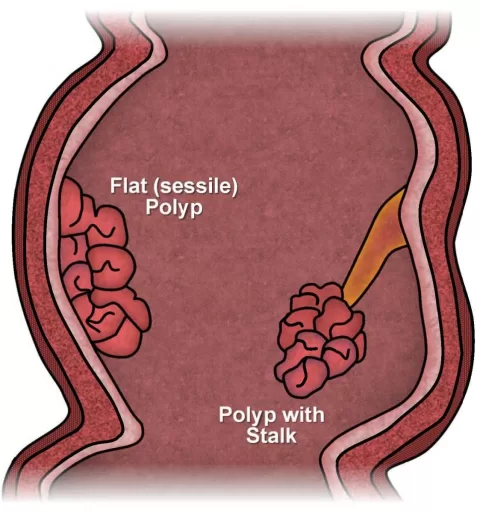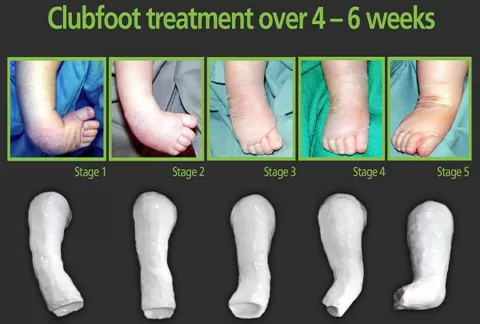Atherosclerosis is a progressive condition characterized by the buildup of fatty deposits, or plaques, in the arteries, often leading to severe cardiovascular complications such as heart attacks and strokes. Understanding the symptoms of atherosclerosis is crucial, as many individuals experience no warning signs until it’s too late. This guide delves into the causes of atherosclerosis, highlighting key risk factors such as high cholesterol, smoking, and obesity. Additionally, we will explore the latest treatments for atherosclerosis, which include lifestyle changes and advanced medical interventions aimed at reversing its effects. By raising awareness about atherosclerosis research, we can empower individuals to take charge of their vascular health and make informed choices for a healthier future.
Atherosclerosis, often referred to as hardening of the arteries, is a silent yet dangerous disease that affects cardiovascular health. This condition involves the accumulation of fatty plaques within arterial walls, which can restrict blood flow and lead to serious health issues. Commonly seen in individuals with poor lifestyle habits, the impacts of atherosclerosis can be mitigated through awareness of its symptoms and risk factors. Understanding the underlying causes of this condition is essential for effective prevention and management. With ongoing studies focused on innovative treatments and lifestyle changes for atherosclerosis, individuals can find hope in improving their heart health.
Understanding the Symptoms of Atherosclerosis
Atherosclerosis is often described as a silent condition because it can develop over many years without noticeable symptoms. As the disease progresses, symptoms may start to surface, indicating that the arteries are significantly narrowed. Common symptoms include chest pain or angina, which manifests as discomfort or pressure in the chest. Individuals may experience this pain during physical exertion or stressful situations, often leading to a sense of urgency to seek medical attention. Additionally, shortness of breath during physical activities can signal that the heart is not receiving adequate blood flow due to blocked arteries.
Other symptoms that may arise from advanced atherosclerosis include chronic fatigue, which can be mistaken for simple tiredness. In severe cases, atherosclerosis can lead to heart attacks or strokes, presenting with sudden numbness or weakness, confusion, or severe headaches. Recognizing these symptoms is crucial for early intervention, as timely treatment can significantly improve outcomes and reduce the risk of life-threatening events.
Causes and Risk Factors Contributing to Atherosclerosis
Atherosclerosis develops due to a combination of several risk factors that contribute to arterial damage and plaque formation. High cholesterol levels, particularly low-density lipoprotein (LDL) cholesterol, are a significant contributor to this condition. When LDL cholesterol builds up, it forms plaques in the arteries, leading to narrowing and reduced blood flow. Other lifestyle factors, such as smoking, can exacerbate the condition by damaging blood vessels and promoting inflammation.
Hypertension, or high blood pressure, is another critical risk factor for atherosclerosis. It can cause wear and tear on the arterial walls, making them more susceptible to plaque accumulation. Additionally, diabetes and obesity are closely linked to the development of atherosclerosis, as they affect cholesterol levels and promote insulin resistance. Understanding these causes is vital for individuals to make informed lifestyle choices and mitigate risks associated with atherosclerosis.
The Latest Treatments for Atherosclerosis
Recent advancements in the treatment of atherosclerosis focus on both pharmaceutical and lifestyle interventions. Medications such as statins are commonly prescribed to lower cholesterol levels, helping to stabilize existing plaques and prevent further blockages. Antiplatelet agents also play a crucial role in reducing the risk of blood clots, which can lead to heart attacks or strokes. For patients with more severe cases, surgical options like angioplasty and stenting may be considered to physically open up narrowed arteries.
In addition to medications, lifestyle changes are essential in managing atherosclerosis effectively. A heart-healthy diet rich in fruits, vegetables, and whole grains, combined with regular physical activity, can significantly improve cardiovascular health. Smoking cessation is also a critical step in reversing the risks associated with atherosclerosis. Ongoing research continues to explore innovative treatments and interventions, aiming to enhance patient outcomes and reduce the burden of this condition.
Lifestyle Changes to Combat Atherosclerosis
Implementing lifestyle changes is a powerful strategy for managing atherosclerosis and preventing its progression. One of the most effective modifications is adopting a heart-healthy diet. This includes reducing saturated fats, avoiding trans fats, and increasing intake of omega-3 fatty acids found in fish. Incorporating plenty of fruits, vegetables, and whole grains can help lower cholesterol and improve overall heart health. Moreover, limiting the intake of processed sugars and salt can further reduce the risk associated with high blood pressure and diabetes.
In addition to dietary changes, increasing physical activity is crucial in combating atherosclerosis. Engaging in at least 150 minutes of moderate aerobic exercise weekly can significantly enhance cardiovascular health. Activities like walking, swimming, or cycling can help maintain a healthy weight, lower cholesterol levels, and improve blood circulation. Furthermore, regular check-ins with healthcare providers can help monitor progress and make necessary adjustments to lifestyle plans, ensuring a proactive approach to managing atherosclerosis.
Current Research Trends in Atherosclerosis
The field of atherosclerosis research is rapidly evolving, with scientists exploring various aspects of the disease to develop innovative treatment strategies. One significant area of focus is the role of genetic predisposition in the development of atherosclerosis. Researchers are investigating how specific genetic markers can signal an increased risk, potentially leading to personalized treatment plans based on an individual’s genetic profile. This approach not only aims to enhance treatment efficacy but also to identify at-risk individuals before significant symptoms arise.
Another exciting avenue of research involves the use of mRNA technology to understand the progression of atherosclerosis better. Recent studies have shown that alterations in mRNA length may influence how plaques develop and respond to treatment. This groundbreaking research could pave the way for new therapeutic targets and medications that specifically address the molecular mechanisms driving atherosclerosis. As these studies progress, they hold promise for more effective interventions and better management of cardiovascular health.
Frequently Asked Questions
What are the common symptoms of atherosclerosis?
Atherosclerosis often develops silently, but when symptoms do occur, they may include chest pain (angina), shortness of breath, fatigue, and signs of heart attack or stroke such as sudden numbness or weakness.
What are the main causes of atherosclerosis?
The primary causes of atherosclerosis include high cholesterol, smoking, hypertension, diabetes, obesity, a sedentary lifestyle, and genetic predisposition, all of which contribute to plaque formation in the arteries.
What are the latest treatments for atherosclerosis?
Current treatments for atherosclerosis include lifestyle changes like a heart-healthy diet and regular exercise, medications such as statins and antihypertensive drugs, and surgical procedures like angioplasty and bypass surgery.
What recent research has been conducted on atherosclerosis?
Recent atherosclerosis research has explored the role of mRNA in plaque progression and the use of comprehensive CT scans to identify atherosclerosis in lung cancer patients, highlighting the importance of early detection and intervention.
What lifestyle changes can help manage atherosclerosis?
To manage atherosclerosis, individuals should adopt lifestyle changes such as improving their diet, increasing physical activity, quitting smoking, and maintaining a healthy weight to reduce the risk of further complications.
| Aspect | Details |
|---|---|
| Overview | Atherosclerosis is the buildup of fatty deposits (plaques) in the arterial walls, leading to narrowed arteries and reduced blood flow. |
| Key Symptoms | Chest pain, shortness of breath, fatigue, and symptoms of heart attack or stroke. |
| Causes and Risk Factors | High cholesterol, smoking, hypertension, diabetes, obesity, sedentary lifestyle, and genetic predisposition. |
| Recent Research Highlights | Studies on mRNA’s role in atherosclerosis, CT scans for detection in lung cancer patients, and potential for reversal through lifestyle changes. |
| Current Treatment Approaches | Lifestyle changes, medications (statins, antiplatelet agents, antihypertensives), and surgical procedures (angioplasty, bypass surgery). |
Summary
Atherosclerosis is a progressive condition that poses significant health risks, leading to serious cardiovascular events such as heart attacks and strokes. Understanding atherosclerosis involves recognizing its symptoms, causes, and the latest treatment options available. With advancements in research, including lifestyle modifications and new medications, patients can effectively manage and even reverse the effects of this condition. Awareness and proactive health measures are critical in combating atherosclerosis and promoting better heart health.
The content provided on this blog (e.g., symptom descriptions, health tips, or general advice) is for informational purposes only and is not a substitute for professional medical advice, diagnosis, or treatment. Always seek the guidance of your physician or other qualified healthcare provider with any questions you may have regarding a medical condition. Never disregard professional medical advice or delay seeking it because of something you have read on this website. If you believe you may have a medical emergency, call your doctor or emergency services immediately. Reliance on any information provided by this blog is solely at your own risk.








